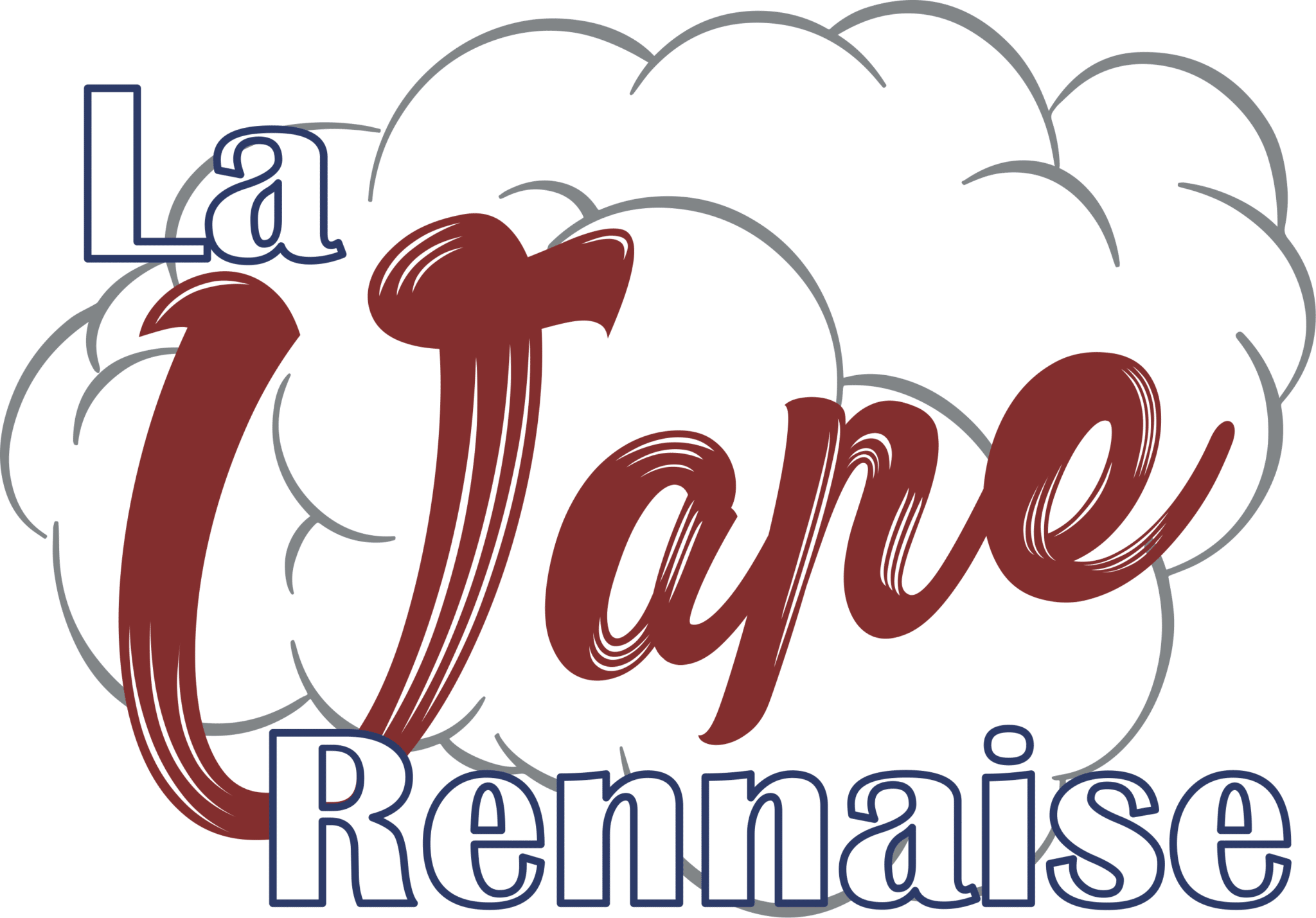Addiction is a natural language concept, etymologically meaning enslavement, with the contemporary meaning traceable to the Middle and Late Roman Republic periods 115. As a scientific construct, drug addiction can be defined as a state in which an individual exhibits an inability to self-regulate consumption of a substance, although it does not have an operational definition. Regarding clinical diagnosis, as it is typically used in scientific and clinical parlance, addiction is not synonymous with the simple presence of SUD.
- Most importantly, we argue that the brain is the biological substrate from which both addiction and the capacity for behavior change arise, arguing for an intensified neuroscientific study of recovery.
- Likewise, social models may lack the precision needed to develop targeted interventions.
- Properties of the biopsychosocial systems model are reflected in the case example of HAT.
- Although specific to adults, this integrative and evaluative approach appears useful for the treatment of depressed children and adolescents.
Interactions between Psychological, Social, and Biological Factors
If you’re tempted by something questionable—like eating ice cream before dinner or buying things you can’t afford—the front regions of your brain can help you decide if the consequences are worth the actions. The biopsychosocial model combines biological, psychological, and social dimensions when treating a patient. The Psychological Models of Addiction emphasize the importance of tailoring treatment to individual needs and circumstances. We’ve all heard the saying “you are the company you keep,” and when it comes to addiction, this can be particularly true. Addiction isn’t just a matter of weak willpower – it fundamentally changes how our brains work. Addiction throws a wrench in the works, causing the machine to malfunction and demand more and more of the substance to function.
Article Menu
He suggested that the addiction field needed to follow the rest of medicine in moving away from viewing disease as an “entity”, i.e., something that has “its own independent existence, apart from other things” 11. To modern medicine, he pointed out, a disease is simply a label that is agreed upon to describe a cluster of substantial, deteriorating changes in the structure or function of the human http://omama.ru/docs/tpl/doc.asp?id=87 body, and the accompanying deterioration in biopsychosocial functioning. Thus, he concluded that alcoholism can simply be defined as changes in structure or function of the body due to drinking that cause disability or death. A disease label is useful to identify groups of people with commonly co-occurring constellations of problems—syndromes—that significantly impair function, and that lead to clinically significant distress, harm, or both. This convention allows a systematic study of the condition, and of whether group members benefit from a specific intervention. Although our principal focus is on the brain disease model of addiction, the definition of addiction itself is a source of ambiguity.

Similar content being viewed by others
- Additionally, there’s growing interest in personalized medicine approaches to addiction treatment, which aim to tailor interventions based on an individual’s unique biological, psychological, and social profile.
- However purely reductive, neurobiological explanations of addiction occlude a comprehensive understanding of the added influence of psychological, social, political, and other factors.
- Drug cultures serve as an initiating force as well as a sustaining force for substance use and abuse (White 1996).
- While this model provides valuable insights into the emotional roots of addiction, critics argue that it may be too time-consuming and lacks the immediate, practical interventions that many individuals with substance use disorders urgently need.
- As our understanding of addiction continues to evolve, new models and perspectives are emerging, challenging traditional views and offering fresh insights into the nature of substance use disorders.
- Current ethical and legal debates in addiction draw upon new knowledge about the biological and neurological modification of the brain (Ashcroft, Campbell, and Capps 2007).
This research has had a major impact on the development of new classes of pharmacological agents for the treatment of depression, such as antidepressant medications that are selective in their serotonin reuptake properties. These latter agents include such drugs as fluoxetine (Prozac), sertraline (Zoloft), and paroxetine (Paxil). Within the model, biology affects as well as interacts with psychosocial factors to increase vulnerability for the development of maladaptive psychological processes and adaptation.
Negotiating the Relationship Between Addiction, Ethics, and Brain Science

It thus seems that, rather than negating a rationale for a disease view of addiction, the important implication of the polygenic nature of addiction risk is a very different one. Genome-wide association studies of complex traits have largely confirmed the century old “infinitisemal model” in which Fisher reconciled Mendelian and polygenic traits 51. A key implication of this model is that genetic susceptibility for a complex, polygenic trait is https://islamvevrazii.ru/en/compatibility-in-love-relationships-and-sex-compatibility-aries-and-virgo-boring-alliance/ continuously distributed in the population.
- The deontological principle of respect for persons is a characteristic feature of harm reduction efforts such as HAT.
- The current understanding of addiction is based on a biopsychosocial model of illness.
- The Behavioral Model of Addiction and the Social Model of Addiction both offer valuable insights that complement the biopsychosocial approach.
- This holistic approach can lead to more personalized and effective treatment strategies, addressing multiple aspects of an individual’s addiction simultaneously.
- We agree that critiques of neuroscience are warranted 108 and that critical thinking is essential to avoid deterministic language and scientific overreach.
Theories of drug craving, ancient and modern
- This intricate interplay of factors forms the foundation of the biopsychosocial model of addiction, a comprehensive framework that seeks to unravel the mysteries of substance use disorders and pave the way for more effective treatments.
- Cognitive-behavioral therapy (CBT), based on this model, has proven highly effective in treating substance use disorders.
The biopsychosocial model of addiction (Figure 1) posits that intersecting biological, psycho-social and systemic properties are fundamental features of health and illness. The model includes the way in which macro factors inform and shape micro systems and brings biological, psychological and social http://www.igram.net/index.php?name=Album&file=index&do=showpic&gid=1&pid=124&orderby=hitsD levels into active interaction with one another. The contemporary model, adapted for addiction, reflects an interactive dynamic for understanding substance use problems specifically and addressing the complexity of addiction-related issues. The empirical foundation of this model is thus interdisciplinary, and both descriptive and applied. Close to a quarter of a century ago, then director of the US National Institute on Drug Abuse Alan Leshner famously asserted that “addiction is a brain disease”, articulated a set of implications of this position, and outlined an agenda for realizing its promise 1. The paper, now cited almost 2000 times, put forward a position that has been highly influential in guiding the efforts of researchers, and resource allocation by funding agencies.
Biological Factors: The Body’s Role in Addiction
The cognitive-behavioral model of addiction is perhaps one of the most widely recognized and applied psychological frameworks. This approach posits that addiction is a learned behavior, maintained by cognitive processes and environmental cues. According to this model, individuals develop maladaptive thoughts and beliefs about substance use, which in turn drive their behavior. For example, a person might believe that they need alcohol to socialize effectively, leading to continued drinking despite negative consequences. The biopsychosocial systems model implicitly calls for an integrative discussion in the ethics debate on substance use, decision-making, and responsibility. The model avoids a forced choice between brain disease and condition of a weak will, and thus provides a useful framework for overcoming a neuro-essentialist trap.

